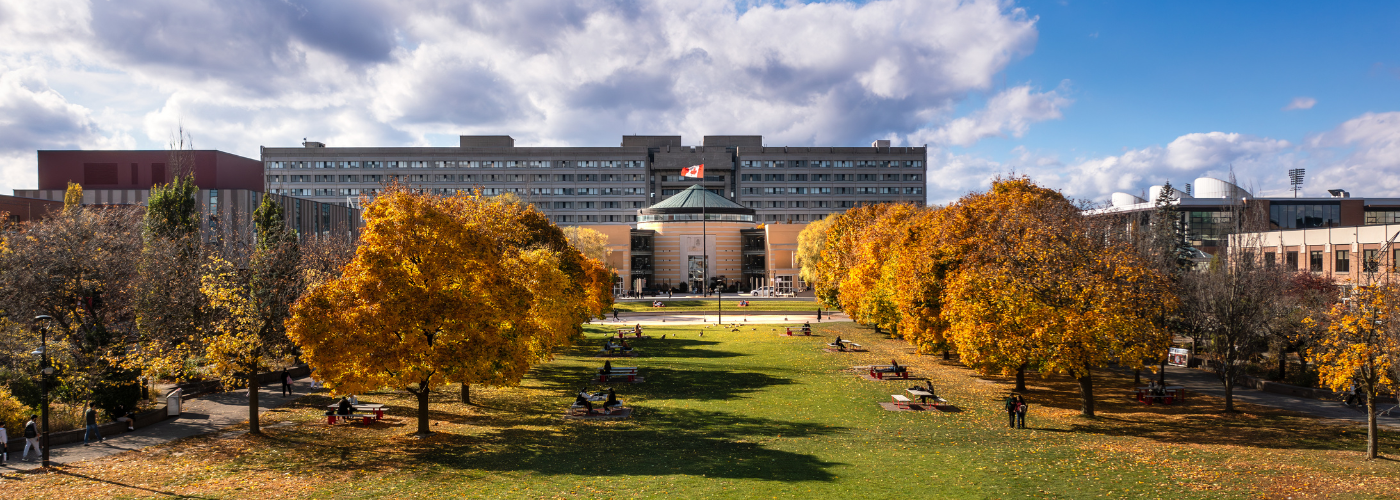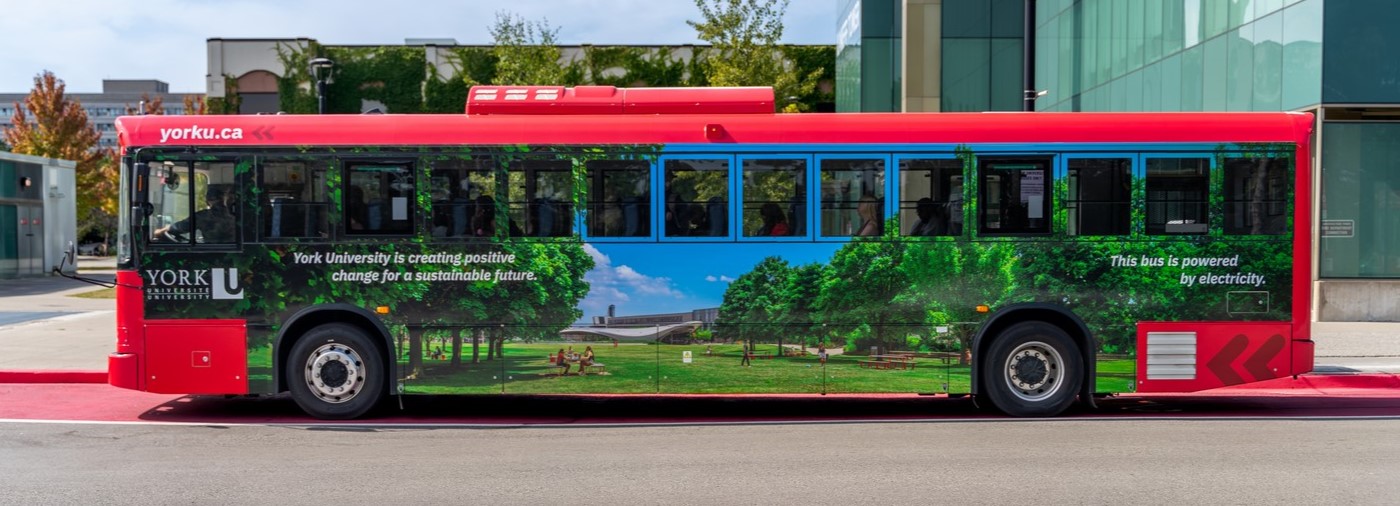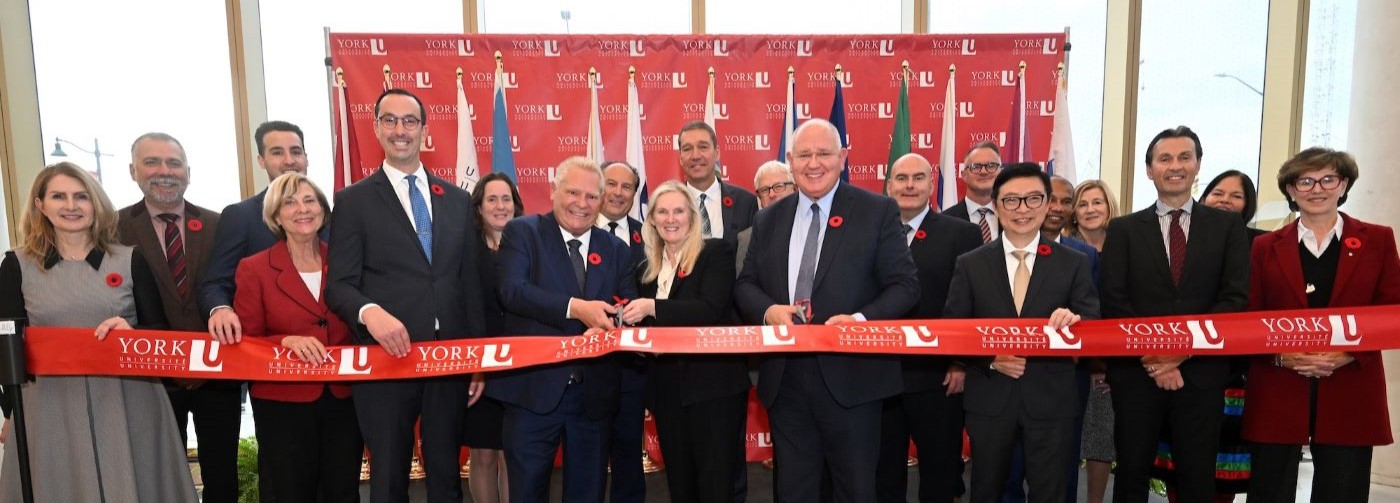
Relatable, welcoming cities play large role in migrant success, finds York University study
TORONTO, Oct. 2, 2023 – Just how welcoming Toronto and other global cities are to migrants can play a large role in their success at navigating physical and social barriers to reestablish their careers, found York University researchers.
The researchers wanted to know how big cities, such as Toronto, one of the largest international, financial, and business centres attracting skilled migrants from all around the world, enables or constrains migrant careers and integration. The answer, they say, is important for cities and organizations serving the migrant population as well as employers, policymakers, and even migrants.

Local customs, educational job requirements, learning opportunities and the availability of social connections all form boundaries that can help or hinder the ability to navigate a new city. The recent study by York Professor Jelena Zikic of the Faculty of Liberal Arts and Professional Studies and former York PhD candidate Viktoriya Voloshyna, now an Assistant professor at Thompson Rivers University, completed an in-depth study of migrants’ lived-work experiences, across time and space to discover how cities and their artifacts, including the built cityscape, customs and practices, affect newcomers’ capacities to learn and flourish in their careers.
Skilled migrants need to navigate the city’s boundary objects, visual ones such as buildings like the Toronto Reference Library and layout of city streets, as well as non-visual ones including educational opportunities, degree accreditation requirements or certificates, to adapt, bridge or transfer their skills, and accumulate new knowledge to access local labour markets.
“Boundary objects can not only bridge but can accentuate boundaries between different groups and communities in the city,” says Zikic. “Unlike locals who may easily navigate a city in search of opportunities, new migrants must quickly acquire ‘host city know-how’ to navigate local work opportunities. The study found three specific strategies that assist migrants both in finding work locally but more importantly in integrating into local society.”
Big cities like Toronto are often chosen by skilled migrants as they are perceived to offer better career opportunities and environments conducive to social and family life, but once here, there can be many barriers to success.
“In Toronto, initial visual, spatial, and social experiences played a powerful role in migrant belongingness and in facilitating the search for local career opportunities,” says Zikic. “City planning and migrant infrastructure, creating a more relatable and welcoming city, both socially and visually, not only impacts immediate settlement and navigation needs but can also impact migrant readiness for career action and integration.”
The researchers found negative or unwelcoming experiences of settlement and job searching in the new city can have a lasting impact on migrants’ relationships locally, and on how they choose to integrate. Migrants experiencing the city in negative or unwelcome ways can make them less inclined to connect socially and give back to the local society, and instead focus more on achieving personal career goals.
However, those with more positive initial work and social experiences may be much more externally focused and play a major role in giving back to their new local community.
In addition, the researchers found migrants recontextualize their careers through career orienting, cross-boundary career adaptation, and creative career action, which could include developing solutions or objects that build bridges, such as creating a phone directory of names and numbers of all the people from their country of origin.
The study looked at skilled migrants from a wide range of different countries, including Japan, Romania, Ukraine, India and Philippines.
The paper, Untangling Space and Career Action: Migrant Career Recontextualization in the Host City, was published in the journal Academy of Management.






